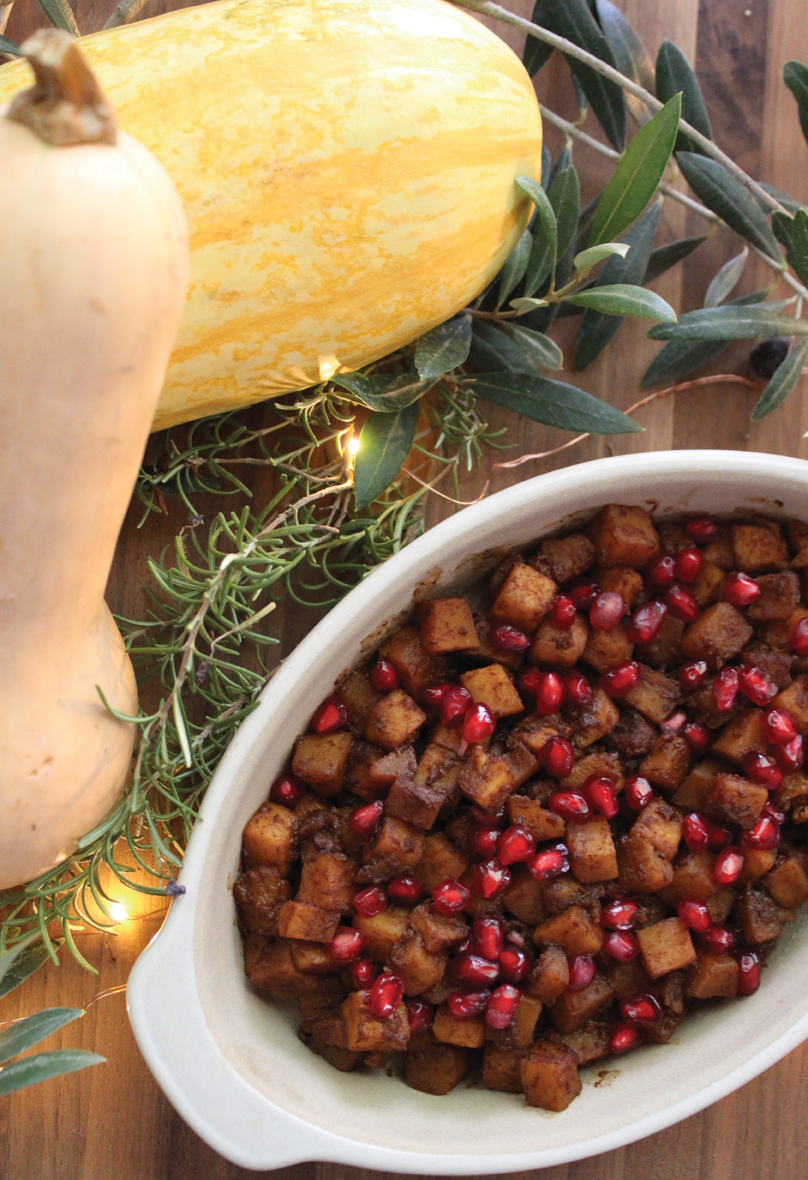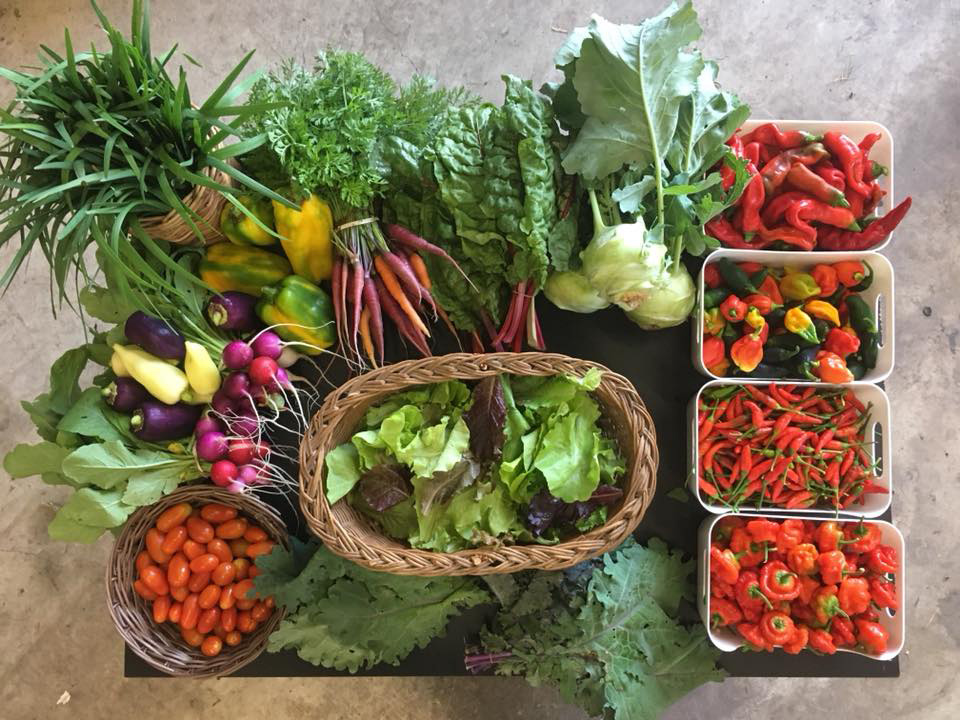Fresh food is only one advantage
A garden is a place of growth, and a community is a place of sharing. Used together, a community garden grows not just vegetables, but life’s work, pleasures and relationships with family and neighbors. Sprinkle water and chat with the lady down the block who knows how much water tomatoes need, or the guy from around the corner who can tie cucumber vines up a trellis. Watch kids poke seeds in dirt or search for squash. Learn harvest sizes or recipes, along with news of the neighbor kid’s new job.
Return home with fresh vegetables to eat that almost always pleasure more than store-bought. Our first-world modernity offers conveniences of prepared food, take-out services and fast food lines, but we do pay prices of disconnect. Community gardens invite neighborhoods back to some basics by luring people from behind screens and their front porches to reconnect with fellow humans and nature.
Currently 37 community garden plots, facilitated by Green Spaces Alliance, quietly spread leaves across San Antonio, Bexar County and the seven other surrounding counties.
Angela Hartsell, Green Spaces’ Community Gardens program manager, says, “The joy and beauty of community gardening is that you don’t need to know anything at all. You show up, and everyone offers a variety of tips. If you tried it alone in your own backyard, you’d spend so much time online, researching, making mistakes. Community gardens utilize all levels of people and skills; everyone brings something.”
Multiple generations converge, and almost everybody learns something practical and personal.
Hartsell tells of one grandmother who has bought, cooked, eaten and served brussels sprouts her entire life, yet gasped in shocked delight when she realized, during a harvesting demonstration, that the balls form on stalks; she had never seen them grow. “Really?” she said. “That’s how brussels sprouts are grown? I thought they were roots underground!” Her grandchildren’s ears perked up at her enthusiasm, and as the kids watched her discovery delight, they paid more attention.
Hartsell says, “Every generation has the capacity to learn sometime new in the garden. There’s a really fun intergenerational story of where food comes from.”
The community garden program offers “Plot to Plate” workshops, seasonally focused during Texas’ three growing seasons. The workshops educate people about food process from seed to harvest and finally into a meal, ideally shared with others. During springtime, neighbors tend and harvest winter produce while preparing for and planting spring vegetables. Summertime, they tend and harvest the spring gardens and prepare and plant fall gardens. Autumn, it’s time to harvest summer vegetables, then prepare and plant winter ones.
Toward the peak of each growing season, Green Spaces hosts a “Harvest Blitz,” a day of sharing produce and eating a meal together.
“Being connected to your food is so much about being connected to your community,” says Hartsell. “That’s why people love farmers markets. They want to meet the people who grew the food they’re eating, to remember how it used to be when people ate together.” Sharing is encouraged between the blitzes too.
“If a garden has a bounty of tomatoes, then share bags of tomatoes,” says Hartsell—even if it means knocking on neighborhood doors to offer them. Others become aware of local growing, meal prep and gathering.
A garden steward, selected from within and by the community, leads each community garden. This steward isn’t necessarily the person with the most garden skills, but rather someone with good people skills. Community groups truly need all types; often the person with nature knowledge tends to be quieter; likewise, the person adept at rallying troops may not garden at all. Green Spaces offers leadership classes for skill-building, to help synchronize these varying and vital skill sets.
“An alliance is a collaboration,” says Hartsell, noting they work with many organizations to engage and educate city populations to create green venues for natural reconnection in the urban world. A new goal is for each community garden to feature a Harvest Station — basically a shade structure set within a vegetable or fruit garden, with a table and sink for washing freshly harvested produce.
Some plots already include an ad-hoc table and a bucket of water to rinse dirt off, but Green Spaces is working with the UTSA School of Architecture and other designers to create attractive and functional stations. The purpose is simple: to eat a snack, right there, straight from the garden. Tasting a carrot or a bean immediately after picking it is another way to learn firsthand about local seasonal foods’ sources, while sharing food experiences with others in nature’s most basic elements of soil, water, sunlight and open air.
Each community provides its own plot, water sources and volunteers. Green Spaces can add a measure of financial support, access to a tool library, plus professional knowledge on implementation, gardening and water methods. Green Spaces employs five full-time and two part-time staff members, yet enjoys the equivalent of 26 full-time employees, The rest are volunteers, who logged 54,000 hours for community gardens in 2014.
That is some real green sharing and growth for our larger cultural community.
By Josie Seeligson










0 Comments